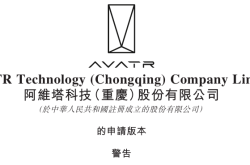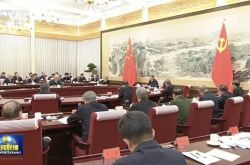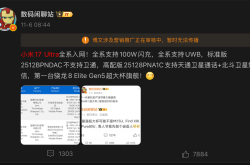China's Comprehensive Approach to Autonomous Driving: Beyond Baidu, Embracing a Dynamic Data Network
![]() 08/08 2025
08/08 2025
![]() 492
492
When Baidu announced its partnership with Lyft to expand into Europe, German media hailed it as a sign that "China's autonomous driving technology is beginning to be exported." However, a more profound question arises: Who truly embodies China's autonomous driving prowess?
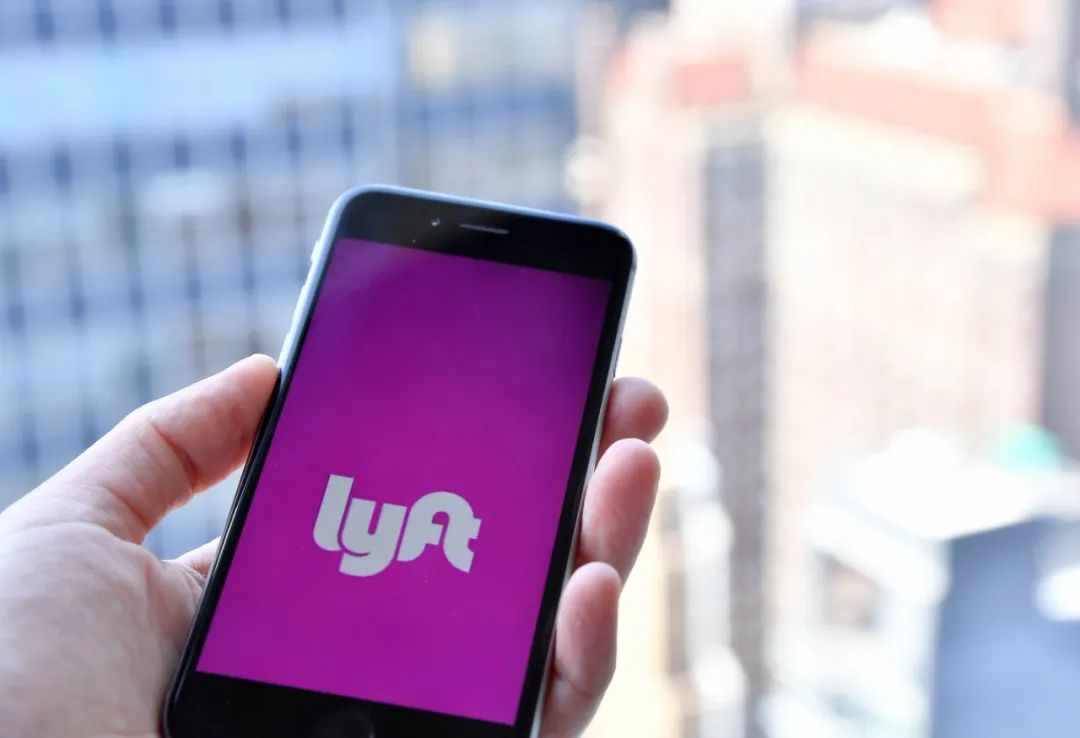
The answer lies not in a single company but in a vast, interconnected data network spanning icy roads in Harbin at -30°C, the intricate movements of Guangzhou's electric vehicle fleet resembling an "ant colony algorithm," and the neural synapses of Yizhuang's 1,600 smart intersections. China's autonomous driving future is a collaborative effort, where vehicle-end perception intertwines with roadside intelligence to form a super data network. Baidu is but one player in this chaotic yet innovative landscape.
Equating Baidu with the entirety of China's autonomous driving effort is akin to using the Forbidden City to represent all of Chinese architecture, overlooking the diverse ecosystem spanning 9.6 million square kilometers.
Among the first batch of intelligent and connected vehicle demonstration operation licenses issued in Shanghai, Luobo Kuaipao competes alongside Volkswagen, Pony.ai, Chery, CICC Intelligent, U-Auto, Johnson Controls, and Jinjiang. More strikingly, the financial implications are evident: the hardware cost of the sixth-generation driverless car is in the millions, and when Wuhan claimed to have reached "break-even," Baidu's free cash flow plummeted to -8.9 billion yuan. This is not a sustainable business model but a costly marathon. Capital markets reflect this reality: WeRide received investment from Yutong Heavy Trucks, and GAC invested 500 million yuan to establish a driverless subsidiary. This decentralization underscores that China's autonomous driving is not a "Baidu vs. the world" narrative but rather a collective breakthrough by numerous players across various tracks.
Luobo Kuaipao's limitations have long been apparent. During Wuhan's morning rush hour, it struggled with electric vehicle traffic, causing delays and honking, earning it the moniker "slow Luobo." The nearly million-yuan hardware cost of its sixth-generation driverless car keeps the operating cost per kilometer high, while Baidu's free cash flow plummeted to -8.9 billion yuan in Q1 2025. When a business model requires constant financial support from its parent company to survive, it cannot claim to represent China's autonomous driving.
The true strength of China lies in more pragmatic endeavors: JD Logistics' unmanned delivery vehicles have achieved a commercial closed loop in Suzhou, and Mushroom Auto's RoboBus has safely traveled over 2 million kilometers. Even BYD equips its 70,000-yuan Seagull electric vehicle with L2-level assisted driving, feeding algorithms with 20 million kilometers of real-world road test data daily. This comprehensive "from ports to townships" scenario penetration showcases the true essence of China's autonomous driving.
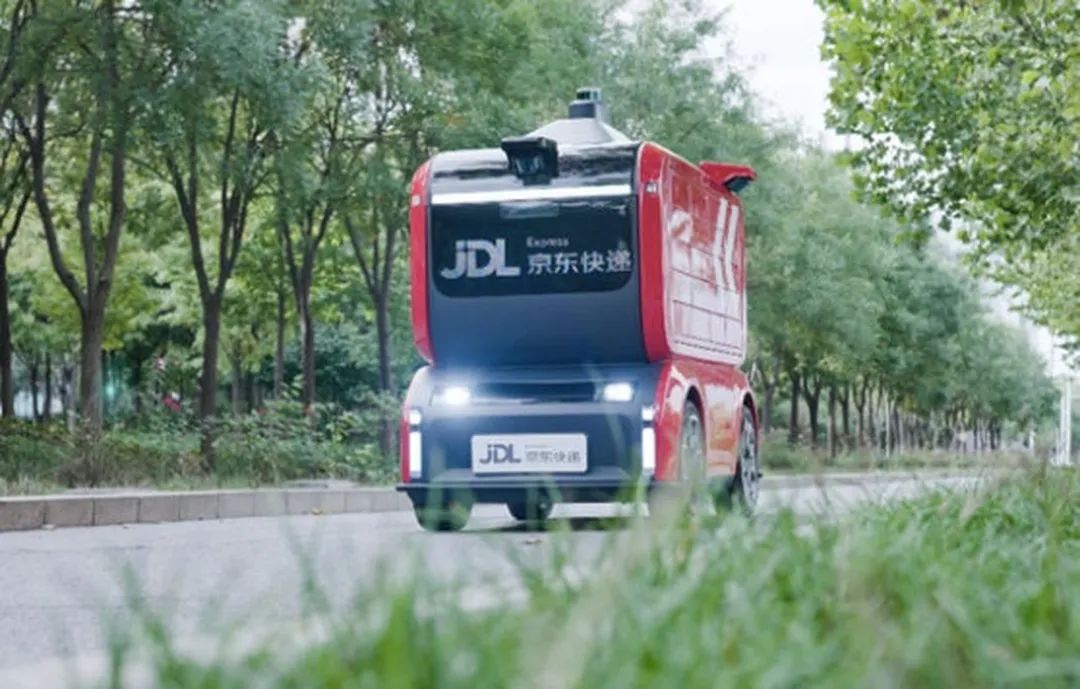
Data War: Cameras + Millimeter-Wave Radar Are Just the Starting Point, Roadside Intelligence Is the Ultimate Test Field. Tesla's pure vision approach is inherently incompatible with China's conditions, not due to outdated technology but because it underestimates the "complexity of road conditions" here.
From the mixed traffic of motorcycles and non-motor vehicles in Yunnan townships to the winding roads of Chongqing's mountainous city, from icy roads in Harbin to rain-flooded streets in Chengdu, China's roads offer the most comprehensive "stress test set" globally. Relying solely on vehicle-end cameras + millimeter-wave radar is akin to using a stethoscope to examine an elephant—an incomplete picture.
The true breakthrough lies in roadside intelligence's 24-hour × 365-day ultra-visual perception capabilities. Beijing Yizhuang's "cloud control platform" demonstrates how 1,600 smart intersections connect vehicles like neural synapses, with traffic lights automatically adjusting timing based on traffic flow, revolutionizing the transition from "vehicles seeing lights" to "lights seeing vehicles." Roadside intelligence complements rather than opposes vehicle-end perception—the vehicle end handles immediate concerns, while the roadside provides a broader perspective.
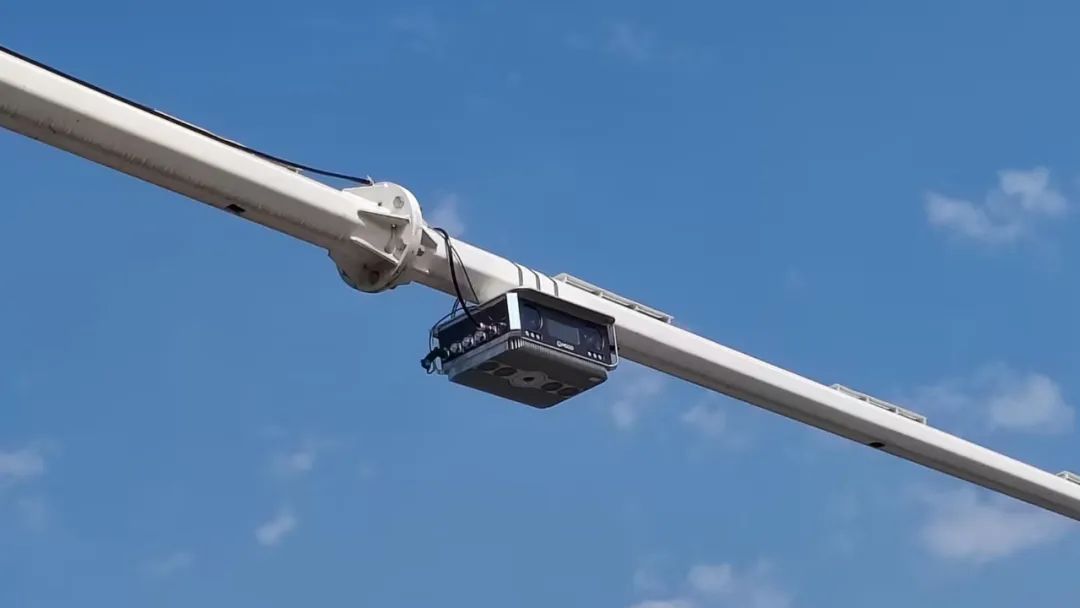
Research on the Impromptu VLA dataset further highlights this: When an autonomous driving system encounters unstructured scenarios like temporary traffic police direction or blurry road boundaries, relying solely on vehicle-end sensors can lead to "decision paralysis." Roadside equipment offers a global perspective, such as early warning of sudden road conditions 500 meters in advance, embodying the core advantage of China's "vehicle-road collaboration" approach.
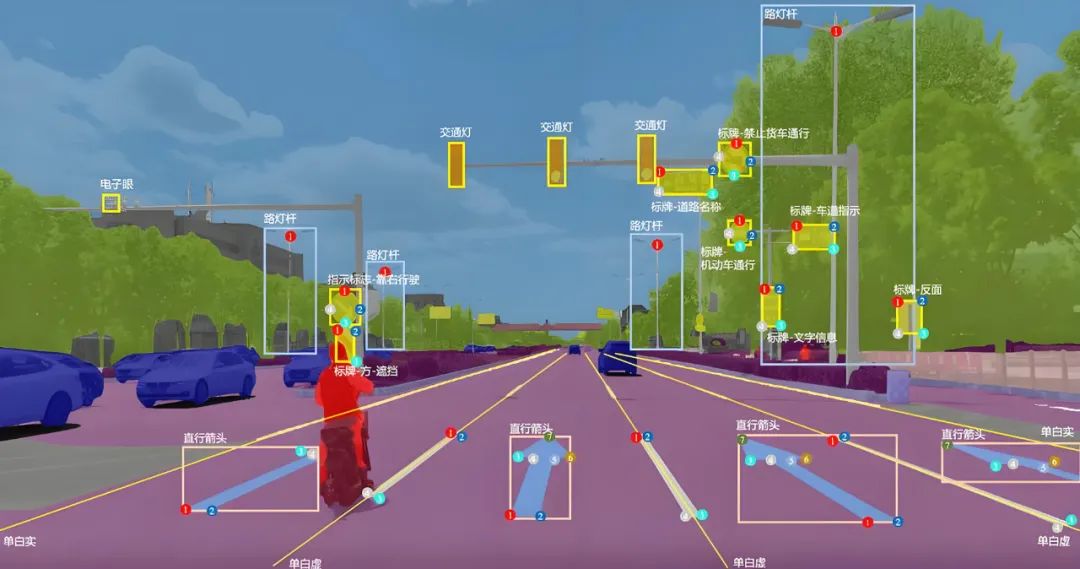
Technical routes have no absolute right or wrong but vary in sophistication: vehicle-road-cloud integration is the inevitable evolution of vehicle intelligence. The debate between "vehicle intelligence vs. vehicle-road collaboration" mirrors the shift from "standalone mobile phone mode" to "mobile internet"—the former is destined to be surpassed by the latter.
Volkswagen's bet on vehicle-road collaboration and Huawei's vehicle-road-cloud integration do not deny vehicle intelligence but acknowledge its limitations. Waymo can achieve L4 deployment after 32 million kilometers in controlled environments, but the complexity of road conditions in any random Chinese county far surpasses that of American suburbs, demanding more than vehicle-end computing power and algorithms alone can provide.
Data speaks volumes: Huawei's ADS, installed in 500,000 vehicles to achieve "nationwide driving capabilities," relies heavily on additional data from roadside equipment; Xiaopeng's XNGP covers 243 cities, bolstered by targeted data collection for scenarios unique to China. Even when Tesla's FSD enters China, it must adjust its algorithms to adapt to local scenarios like "electric vehicles suddenly crossing"—a testament to the consensus that "vehicle intelligence must embrace roadside data."
While Luobo Kuaipao struggles with decision optimization at intersections, Mushroom Auto has integrated MogoMind, an AI large model that understands the physical world, with dynamic real-time data, achieving global perception, deep cognition, and real-time reasoning and decision-making capabilities. Roadside perception data significantly contributes to these advancements.
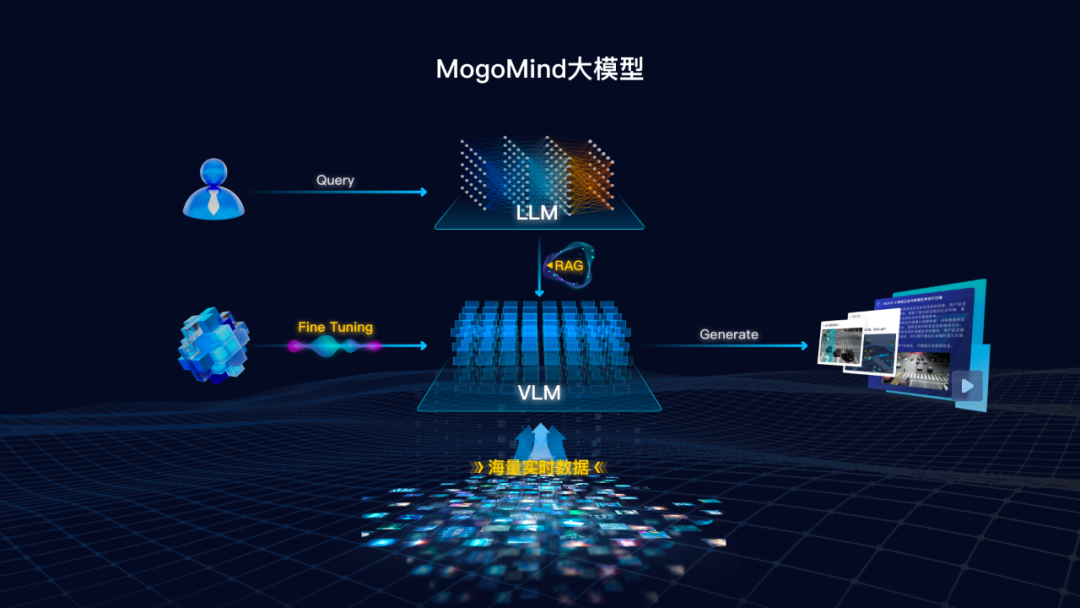
Robotaxi is a capital-intensive game, whereas Robobus addresses a rigid demand for public transportation. The Robotaxi model favored by companies like Baidu resembles a costly "technological showcase," whereas the true commercialization potential lies in Robobus.
Behind Luobo Kuaipao's 1.4 million orders lie the nearly million-yuan hardware cost per vehicle and the monthly expenditure of 12,000 yuan per safety officer. The average order price in Wuhan is less than 1.5 times that of online car-hailing but at triple the cost. This "subsidy-for-data" model is unsustainable. Goldman Sachs predicts that China's Robotaxi market will grow 757 times over ten years to $47 billion, but this long-term projection demands significant capital. How long can Baidu's cash flow sustain such expenditures?
In contrast, Robobus, operating in closed scenarios like parks, scenic areas, and bus lanes, doesn't need to navigate complex road conditions and can directly replace traditional buses, reducing the cost per kilometer to below 1 yuan. Suzhou's unmanned buses have operated for three years with an average of 300 orders per day and zero accidents—a "small steps, fast pace" commercialization strategy more reliable than Robotaxi's "big leap forward."
JD Logistics' unmanned delivery vehicles and Yangshan Port's unmanned container trucks already prove that instead of struggling with L4 on open roads, it's more prudent to earn money first in controlled scenarios. Robobus is the ideal platform for this approach.
The answer to China's autonomous driving lies buried in its data-rich soil.
When discussing China's autonomous driving, the focus should not be on which company has entered Europe but on the "data neural network" spanning 9.6 million square kilometers—vehicle-end cameras capturing real-time road conditions, millimeter-wave radars penetrating rain and fog, roadside LiDAR scanning the big picture, and the cloud brain orchestrating it all in real-time.
Baidu and Luobo Kuaipao are participants in this revolution but not its definers. The true essence of China's autonomous driving lies in Huawei's ADS vehicle-road-cloud collaboration, Mushroom Auto's physical AI large model, Xiaopeng's localized data, JD's scenario closed loop, and the in-depth cultivation by numerous companies across various tracks.
Ultimately, what can withstand China's rigorous road conditions is not a single "elite car" equipped with LiDAR but a super data network capable of perceiving ice, rain, and electric vehicle traffic—this is China's unique response to the autonomous driving industry.

